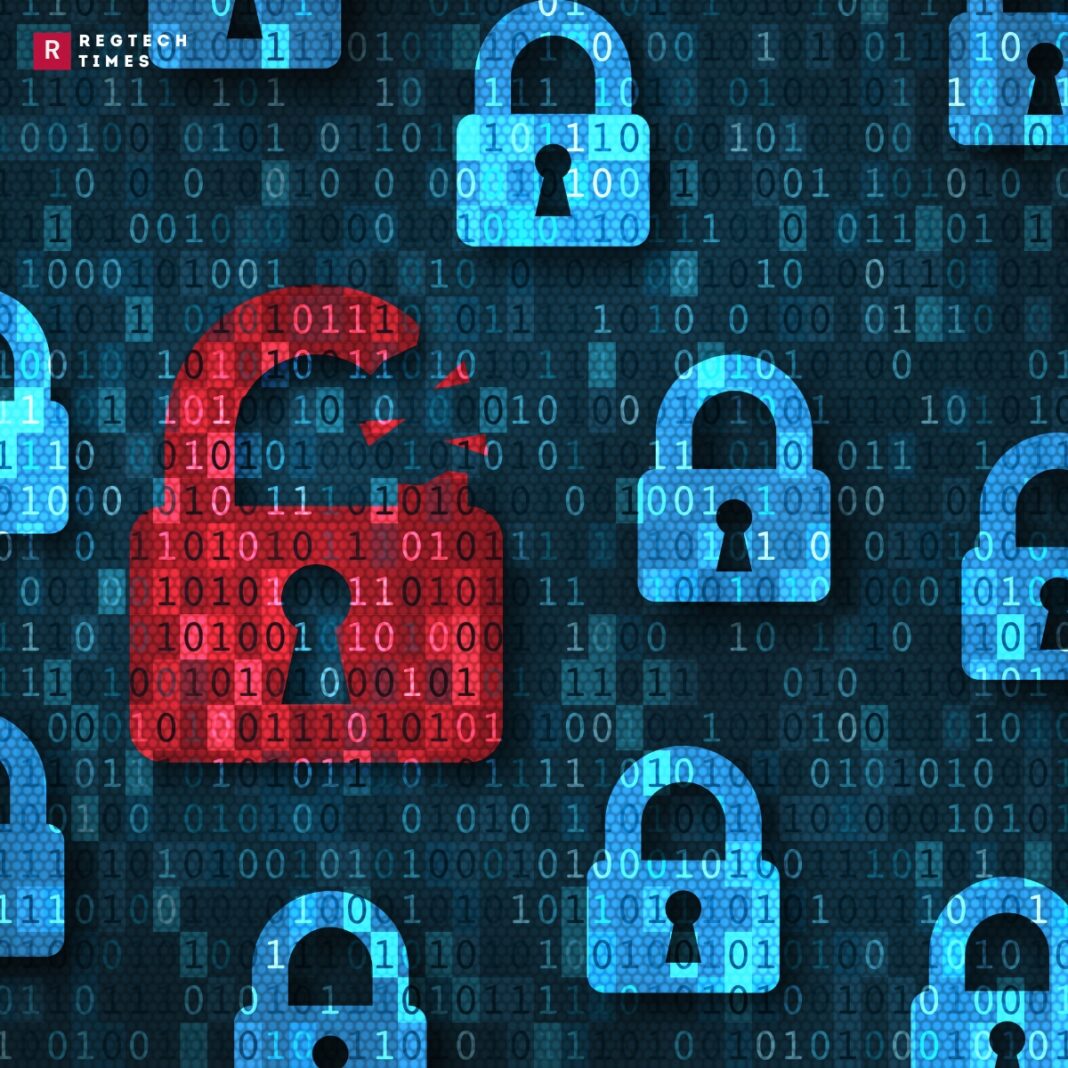The recent identification of a serious vulnerability in Microsoft SharePoint Server and the accompanying steps taken to mitigate it have highlighted the significance of quick and decisive reaction mechanisms in the face of cyber threats in the quickly changing field of cybersecurity. This vulnerability, known as CVE-2023-24955, constituted a serious risk as it gave attackers with certain rights the potential to remotely execute arbitrary code. This article comprehensively explores the nature of the vulnerability, the responses by Microsoft and the U.S. Cybersecurity and Infrastructure Security Agency (CISA), and the broader implications for cybersecurity protocols.
The Vulnerability: CVE-2023-24955
A significant remote code execution (RCE) vulnerability in Microsoft SharePoint Server, a popular platform for document management and collaboration, has been identified as CVE-2023-24955. The vulnerability allowed legitimate attackers with Site Owner rights to remotely run any code, which might have resulted in unwanted data access, system modification, or additional network exploitation. The possible consequences of this vulnerability were concerning, considering the widespread usage of SharePoint in both public and private domains.
Microsoft’s Swift Response
As soon as Microsoft realized how serious the problem was, they released a fix as part of their May 2023 fix Tuesday upgrades. The purpose of this patch was to address the issue and stop any potential efforts at exploitation. Additionally, Microsoft emphasized the need of keeping current computers as a fundamental cybersecurity practice by making sure that customers who had allowed automatic updates received this important security upgrade.
CISA’s Role in Amplifying the Urgency
When it came to fixing the issue, CISA was essential in working with Microsoft. In addition to highlighting the gravity of the danger, CISA required Federal Civilian Executive Branch (FCEB) entities to install the fix by a certain date by adding CVE-2023-24955 to its inventory of known exploited vulnerabilities. This directive reaffirmed the agency’s dedication to protecting the nation’s cybersecurity infrastructure and acted as a prompt for the continued awareness that is necessary to counteract cyberthreats.
Ongoing Monitoring and the Importance of Vigilance
Cybersecurity defense is dynamic, as demonstrated by Microsoft’s and security professionals’ joint efforts to regularly monitor the situation. To remain ahead of attackers, the cybersecurity industry keeps an eye on new threats and is prepared to respond to them. This incident emphasizes the need for such a proactive approach, highlighting the fact that network and system security against cyber threats is an ongoing effort that can never be fully completed.
Implications for Cybersecurity Practices
The CVE-2023-24955 vulnerability and the reaction that followed provided insight into many crucial elements of successful cybersecurity management:
- The Criticality of Patch Management: Applying security fixes on time is essential for preventing known vulnerabilities. Patch management need to be a top priority for businesses when it comes to cybersecurity plans.
- The Value of Automatic Updates: As soon as patches are issued, turning on automatic updates may act as a crucial defense mechanism, offering instant protection against vulnerabilities.
- The Need for Comprehensive Security Awareness: From system administrators to end users, everyone involved must comprehend the possible hazards and remain up to date on new threats.
- Collaboration and Communication: The synergy between organizations such as Microsoft and CISA serves as an example of how cooperative efforts may improve cybersecurity measures’ efficacy, which in turn benefits the larger digital ecosystem.
The proactive steps implemented to resolve the SharePoint vulnerability CVE-2023-24955 serve as a perfect example of how crucial it is to act quickly, work together, and exercise caution when it comes to cybersecurity. The tactics used to counteract cyberthreats must also adapt as they do. Organizations may strengthen their defenses against the constant danger of cyberattacks by following best practices including patch management, frequent system upgrades, and keeping an informed and attentive user base. The way that people have responded to this situation as a whole provides guidelines for managing and reducing cybersecurity threats in a world that is becoming more linked by the day.



